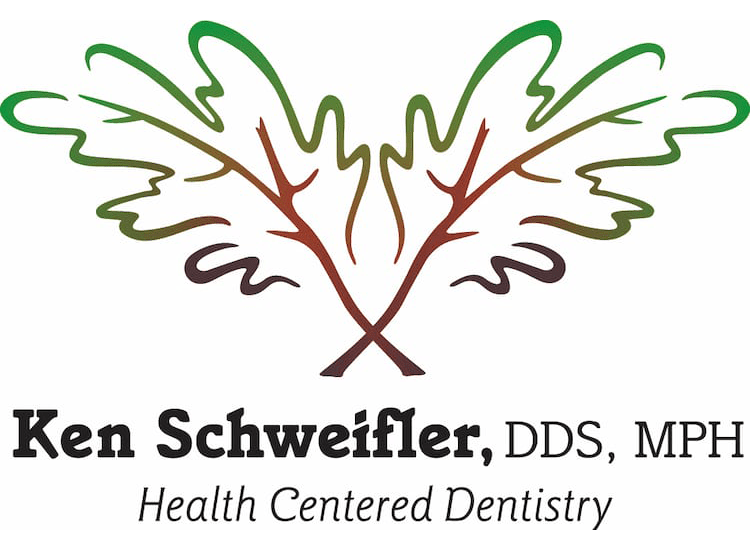 In addition to affecting your self-confidence, missing teeth can cause a multitude of other problems, from difficulty speaking normally to difficulty eating and poor nutrition. Fortunately, the world of dentistry now has several excellent ways of replacing lost teeth available to patients. One of the most simple and reliable methods is the dental bridge. Dr. Ken Shweifler, a skilled dentist practicing in Los Altos, CA wants to take a moment to explain the benefits of bridges for restoring a healthy smile.
In addition to affecting your self-confidence, missing teeth can cause a multitude of other problems, from difficulty speaking normally to difficulty eating and poor nutrition. Fortunately, the world of dentistry now has several excellent ways of replacing lost teeth available to patients. One of the most simple and reliable methods is the dental bridge. Dr. Ken Shweifler, a skilled dentist practicing in Los Altos, CA wants to take a moment to explain the benefits of bridges for restoring a healthy smile.
What is a Dental Bridge?
A bridge is a kind of prosthesis (replacement part) that fills the gap left by a missing tooth and is supported by the surrounding healthy teeth. In dental terms, the artificial replacement tooth is called a “pontic” (from the French word “pont” meaning bridge). The healthy adjacent teeth — called abutments — support the pontic on either side. The completed prosthesis crosses over the gap in your teeth just like a bridge spanning a canyon.
The teeth that will form the abutment must be prepared to support the pont. As part of the preparation, they must be crowned or “capped.” This is done the same manner as if the teeth needed crowns due to tooth decay or damage.
First, their enamel is removed, creating enough space for the crown to fit over and completely cover them while maintaining a lifelike appearance. The crowns on the abutment teeth will support the false tooth (pontic) in between. The pontic is really just another crown but with no living tooth underneath.
Building a Bridge
As explained above, if you have one missing tooth, your bridge will need three crowns: two to cover the abutment teeth on either side of the gap left by the missing tooth and one in between. This arrangement is known as a three-unit bridge.
If more than one tooth is missing, more crowns (and possibly more abutment teeth) will be required to create the bridge. Your dentist must consider several variables in this calculation: the number of teeth missing, the size, length and stability of the abutment tooth roots, and also from where in the mouth the teeth were lost.
So if you are missing three teeth, four abutment teeth may be necessary, thereby creating a seven-unit bridge. Engineering and designing the bridge requires an understanding of the biology of the tooth-supporting gum and bone tissue as well as how to replace teeth.
What to Expect
Getting bridgework completed usually requires two separate visits to the dentist’s office. At the first visit, local anesthetic will be administered and your abutment teeth will be prepared as described above. Molds of your prepped teeth will be taken to prepare three-dimensional models of your teeth, which will be used to create the crowns. A temporary bridge will be placed before you leave the office so that you can still eat and talk normally.
When your permanent bridge is ready, it will be permanently placed during the second visit. You will need to become accustomed to the feel of the new bridge against your tongue, lips, and cheeks, but will eventually come to accept it as part of your own teeth.
Caring for Your Bridge
Crowned teeth require the same conscientious care as your other teeth. Be sure to brush twice daily and floss every day to reduce the build-up of dental plaque. It is even more important to schedule regular cleanings with your dental provider if you have a bridge. A well-cared-for bridge to last for a long time with proper care.
Dental Bridges Improve Your Smile in Los Altos, CA
If you are in the Los Altos, CA area and would like to discuss tooth replacement options with a skilled professional dentist or even just have a routine teeth cleaning, call (650) 489-4620 or schedule online with Dr. Schweifler today.
